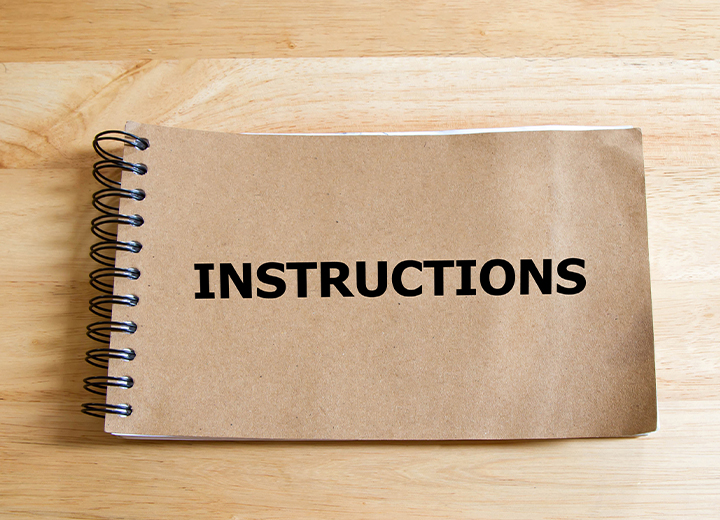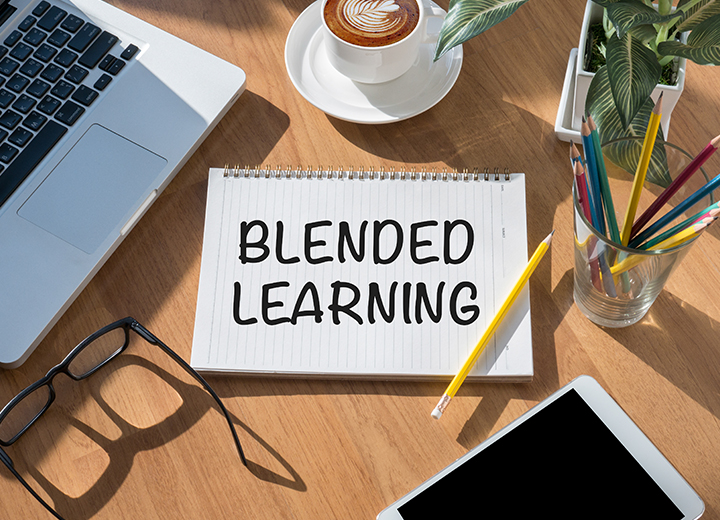How often have you taken an online course and absorbed every bit of information afterward? Probably never. Do you know why? That’s due to the Ebbinghaus forgetting curve.
Ebbinghaus’s forgetting curve hypothesizes the reduction in memory retaining over time. The curve explains the reduction in our brain’s ability to retain information over time. In the learning & development domain, this presents a challenge.
When it comes to tackling this challenge, it is necessary for learning and development professionals to have a thorough knowledge of this forgetting curve and the effective strategies that they can use to handle it.
What is the Ebbinghaus Forgetting Curve?
Through his discoveries on memory, Ebbinghaus transformed learning theory in 1885 when he introduced the curve, referring to the rate at which our memory reduces. Though many have found exclusions in the power of learners to hold freshly absorbed information, the psychologist’s theory still holds up in how we remember and forget information today.
The speed at which an individual forgets depends on a range of factors including memory power, the value of the material, and psychological factors such as stress. Now when it comes to challenging the forgetting curve, blended learning emerges as an effective way to counteract this reduction in memory.
How blended learning flattens the forgetting curve?
It offers learning bytes at different intervals to emphasize learning. With blended learning, you can help learners access information in the format of their choice. You can also give a boost to classroom training, making the instructor more of a guidebook on the side rather than a mentor on the stage.
While microlearning, virtual classrooms, social and mobile learning, and performance support can work in combination, the idea is to design the optimum blended solution for each learning need. This is where blended learning can be of immense help. It will also help choose the different digital assets that can be used at spaced intervals to strengthen knowledge retention.
Regularly strengthens learning
Blended learning is an effective way to combine traditional ILT with online learning as it fights diminishing attention traverses and pretentiously increases retention rates. Learning can be boosted using learning tidbits at pre-fixed time intervals, to improve reinforcement.
Clarify learning
A blended learning approach allows a high level of flexibility to learners on what, how, and where they want to learn. It also gives them power over their learning. A blended learning method enables learners to deploy different media resources in the course such as audio, video, and in-person training.
Make learning relevant
Blended learning has the power to promote collective learning, not only in the classroom or online training sessions, but also through online discussion forums. These discussion forums can be explored whenever it’s convenient for the learners. This is how blended learning can be used to enhance information retention to tackle the forgetting curve of learners.
Recent Posts

Understanding the role of instructional design companies in improving learning experiences
Instructional design companies strategize, design, and develop educational experiences to optimize learner success. These companies ensure that lea...
Read More
Blended learning to confront the forgetting curve
With blended learning, you can help learners access information in the format of their choice. You can also give a boost to classroom training, mak...
Read More
5 proven instructional design strategies for effective elearning course development
Instructional design strategies refer to techniques and approaches adopted by eLearning course developers in designing online course content. Here ...
Read More